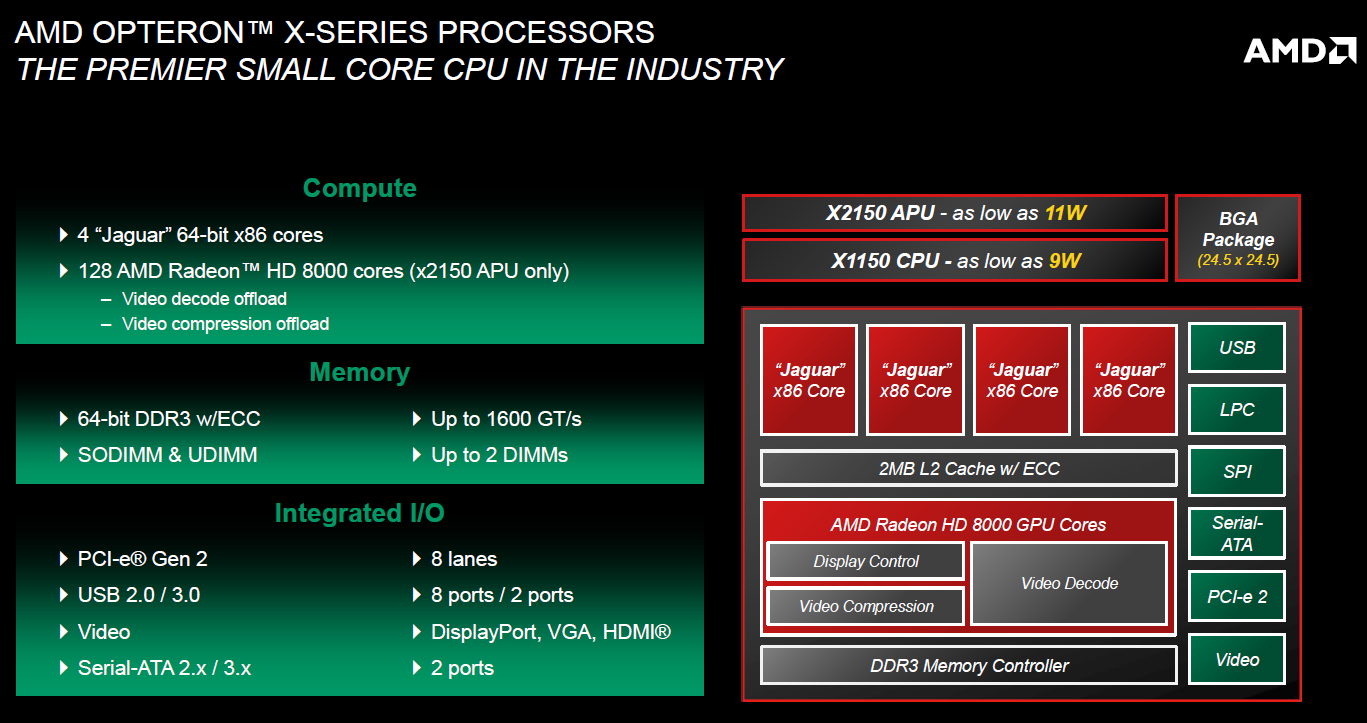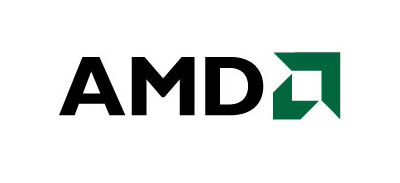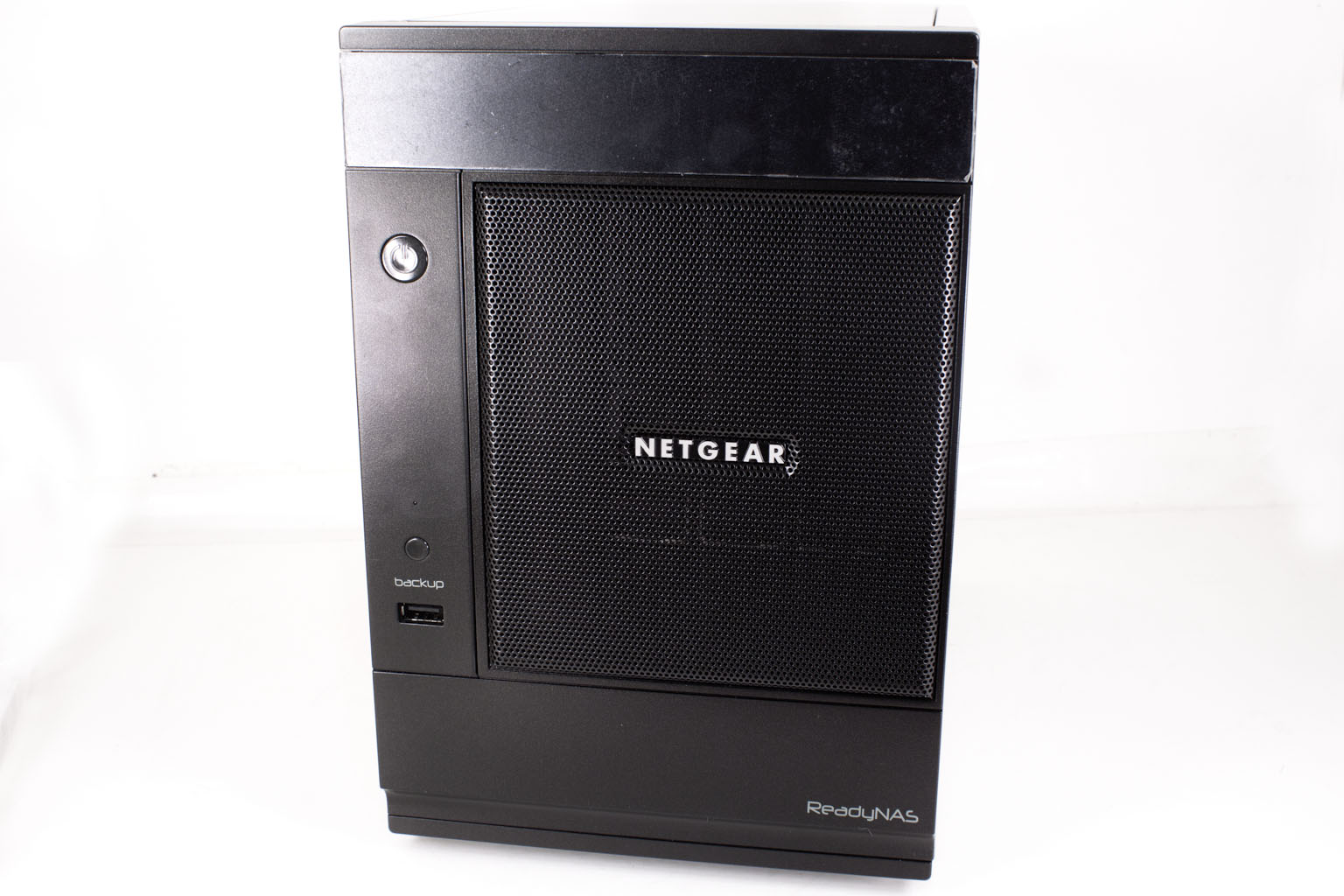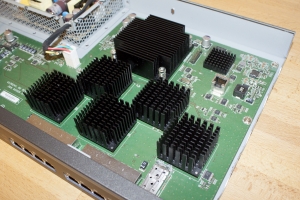Displaying items by tag: VMware
IAG Prophet Spider Targeting VMWare Horizon Servers Via Log4J Vulnerability
A shell for me, a shell for you, a shell for everybody in the room. If you have not heard about Log4J and the associated vulnerabilities in versions between 2.0 and 2.16 you might have not been near a computer in quite a while. This Remote Code Execution vulnerability that has several CVEs (common vulnerabilities and exploits) associated with it is commonly lumped into the term Log4Shell. Log4J itself is a Java based Apache logging framework that is in widespread usage in many applications. The list of impacted applications is not, and may never be, known. Many vendors have release complex mitigation steps and patches, but many devices are not getting patched (nothing surprising here). This has allowed this vulnerability to become quickly weaponized and used in targeted attacks.
AMD launches World's First Hardware Virtualized GPU
AMD made an interesting announcement today. They are claiming to have the world’s first hardware virtualized GPU. Dubbed the FirePro S7150 and S7150 x2, these two server GPUs are not intended as direct output devices, but are to be used to power graphics for virtualized solutions. From the announcement AMD is diving into the cloud gaming, GPU assisted cloud computing and also in GPU accelerated VDI applications.
NETGEAR ProSafe XS708E 8-Port 10Gbe Switch Review
 |
In the world of the enterprise bandwidth is everything. If you do not have enough or you cannot keep your systems running then you are sure to lose money. The problem is getting the bandwidth you need without spending too much to get it. The current backbone to client standard is 1Gbe (Gigabit Ethernet). This give you plenty of bandwidth for client operations as well as voice traffic (which is typically about 20% of your data usage. Now this is great when you are talking about client to server traffic, but what happens when you need servers to talk to each other or servers to talk to storage? Here you need significantly more bandwidth than you do out to clients. Right now at the high-end of the spectrum you have 40Gbe (with 100Gbe coming very soon) and just under this is 10Gbe. Traditionally 10Gbe has been the playing ground for fiber optics or for TwianAixal cables. The problem is that these are not all that economical and end up out of the hands of all but larger enterprise networks. Things have changed though, just like 1Gbe over 10 years ago, 10Gbe is now hitting the price range that puts it into the hands of small and medium sized businesses. We are going to take a look at one of these options today in the form of the NETGEAR ProSafe XS708E 8-port 10Gbe Ethernet Switch.
AMD Launches the Opteron X Series x86 SoC To Compete Head to Head With Intel's Atom
 |
AMD kicked an interesting product out the door today in the form of their Operton X-Series APU SoC. You might remember that the possibility of this APU was leaked a while ago by an inadvertent inclusion on a slide showing the Operton X logo. Everyone knew this was going to fold over into an x86 APU based SoC and the launch was just a matter of time. Now the lid is off and we can talk about the Opteron X (Kyoto) and where AMD sees this new product in their server business and in the market as a whole.
Synology DS1513+ Review Part I - Intro and Teardown
 |
Storage is something that everyone needs. No matter if you are a single end user or a gigantic corporation you have to have a place to keep your data. This one little fact has never changed and probably never will. The difference is that home users are now higher on the scale when it comes to storage needs than many small and medium sized business. Home users are maintain more and more data in the form of movies, music pictures and even installation files while many small businesses are only storing simple documents and perhaps a few databases. It has changed the dynamic in the way storage products are marketed in many ways and this is not truly a completely good thing. While a normal consumer might store more information than a small business they do not have the same need to never be offline or unavailable. The typical home user also does not have the same number of connections to their data as a medium or even small business. There needs to be a class of NAS that can handle these requirements without pushing the price tag over the top. Synology has a very solid answer for these questions and more all bundled up inside the new DS1513+; this is a five-bay NAS that includes four 1Gbps LAN and a ton of other features. Let’s dive in and take a look shall we?
Smartphones to get the Virtual treatment
 |
Smartphones are used every day all over the world by millions, with a large portion of those millions using them both for work and personal use. The huge increase in the functionality of the telephone combined with the growing complexity of today’s workplace has forced a merger between the two worlds on the average device. All that could be changing soon.
Is The Cloud Hurting New PC Sales More Than Competition?
 |
We are not a fan of the push to the cloud as you might have figured out from our articles. The reasons are many including, but not limited to, security, privacy, and a general dishonesty about what the cloud is and what it really means to the many companies that are offering cloud services (predictable revenue stream). All of that aside, there is a side effect to the present cloud push that we actually overlooked that explains more than a few things that are going on in the market as a whole. This is an unexpected impact on the sale of PCs (all PCs) across the consumer and potentially commercial market.
AMD Shows Off the Difference in Cost Per VM Vs Intel at VMWorld, But Using Mis-Matched Systems...
 |
At VMWorld 2012 AMD has summed up what we told you last week when we stated that they were going to split their time and focus on server CPUs for the cloud and APUs for thin clients. In an interesting statement AMD has come out and admitted that they have largely ignored the server and workstation segment for the last four years. This neglect has allowed Intel to push well beyond what AMD can currently offer even when you start factoring in price. In the data center it is all about scalability. Even in spending less you want to make sure you are getting the most out of the systems you build.
NETGEAR's ReadyNAS Pro 6 Looks Like A PC Inside a NAS' Body...
 |
We have our third victim… um test subject in our continuing Network Attached Storage (NAS) device reviews. This time it is from a company with a fair recognizable name in the industry, NETGEAR. For many the name NETGEAR means low cost consumer networking products and maybe a lower reliability rating. We have to agree that some of that reputation was rightfully earned in the past, but they have since changed things around and are now making some fairly solid products for the consumer, SMBs and the enterprise. We have already covered their ProSafe WNDAP360 wireless access point and found it to be a well put together product. Now we are going to dive into their pro line of NAS products with the ReadNAS Pro 6. This is a 6 bay device that can support up to 12TB of RAW storage and has more than its share of features to boot. So let’s take a look at what you get with the ReadyNAS Pro 6 from NETGEAR.
ARM And TSMC Sign A Deal To Manufacture 20nm 64-Bit ARM SoCs; Still Behind Intel By 3-Years
 |
At their earnings call the other Day Intel made the statement that they are at least three years ahead of other companies when it comes to silicon manufacturing. Yesterday and today the news is all about how ARM is preparing to compete with Intel in the server market with their 64-bit RISC processors which are to be manufactured using the same tri-gate manufacturing that Intel is currently using for their Ivy Bridge CPUs. You know the ones that have been shipping since early this year? This means that no matter how thin you slice it ARM will not have able to make a tri-gate CPU until at least 2014-2015.




